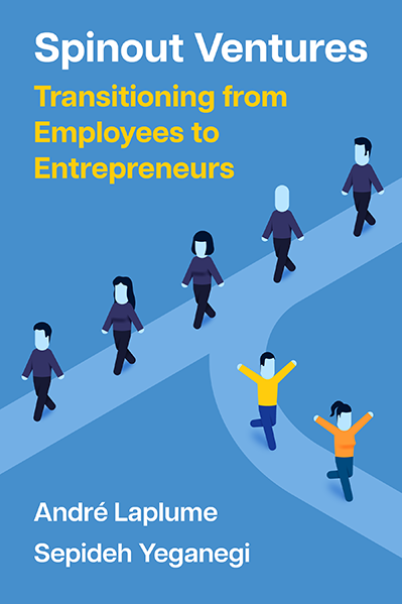Actor-Network Theory
Actor-network theory was created by Bruno Latour, Michel Callon, and John Law. It describes a “material-semiotic" method of analysis that is distinct from mainstream network analysis in that it includes non-human objects in networks as nearly equally important as human actors.
According to Latour (1999): “You are different with the gun in your hand; the gun is different with you holding it. You are another subject because you hold the gun; the gun is another object because it has entered into a relationship with you.”
According to Korsgaard (2011), Latour’s point is that neither the gun nor the person kills alone, but the combination of person and gun can execute the sinful act. The conclusion is that human agency is not merely a human phenomenon, because it relies on non-human elements too be executable.
The core idea is the concept of translation which is the process through which a network is represented by a single entity. For example, although Apple corporation, its products, and its people, are diverse, complex and far-reaching, Steve Jobs came to represent the whole network. The goal of the entrepreneur is help to shape networks involving both human and non-human elements to enable mobilization.
According to Latour (1999): “You are different with the gun in your hand; the gun is different with you holding it. You are another subject because you hold the gun; the gun is another object because it has entered into a relationship with you.”
According to Korsgaard (2011), Latour’s point is that neither the gun nor the person kills alone, but the combination of person and gun can execute the sinful act. The conclusion is that human agency is not merely a human phenomenon, because it relies on non-human elements too be executable.
Korsgaard applied actor-network theory
(ANT) to entrepreneurship. He argues that ANT is superior to the older
‘discovery theories’ that have dominated the entrepreneurship literature,
especially research on entrepreneurial opportunities.
Agency is bestowed in a network and is not
housed in a singular actor. Actors follow an indeterminate and non-linear
process subject to continuous translation. Relation effects are created by
conversational and material interactions. Entrepreneurship creates markets that
are temporary—the markets are not there, it is the entrepreneurship that
creates them and they are thus fleeting. The entrepreneurial function is thus
on one of creating occasions to mobilize actors in a temporarily stable network.
The structure of the network shapes actor identities and potential interaction
or actions.
The core idea is the concept of translation which is the process through which a network is represented by a single entity. For example, although Apple corporation, its products, and its people, are diverse, complex and far-reaching, Steve Jobs came to represent the whole network. The goal of the entrepreneur is help to shape networks involving both human and non-human elements to enable mobilization.
